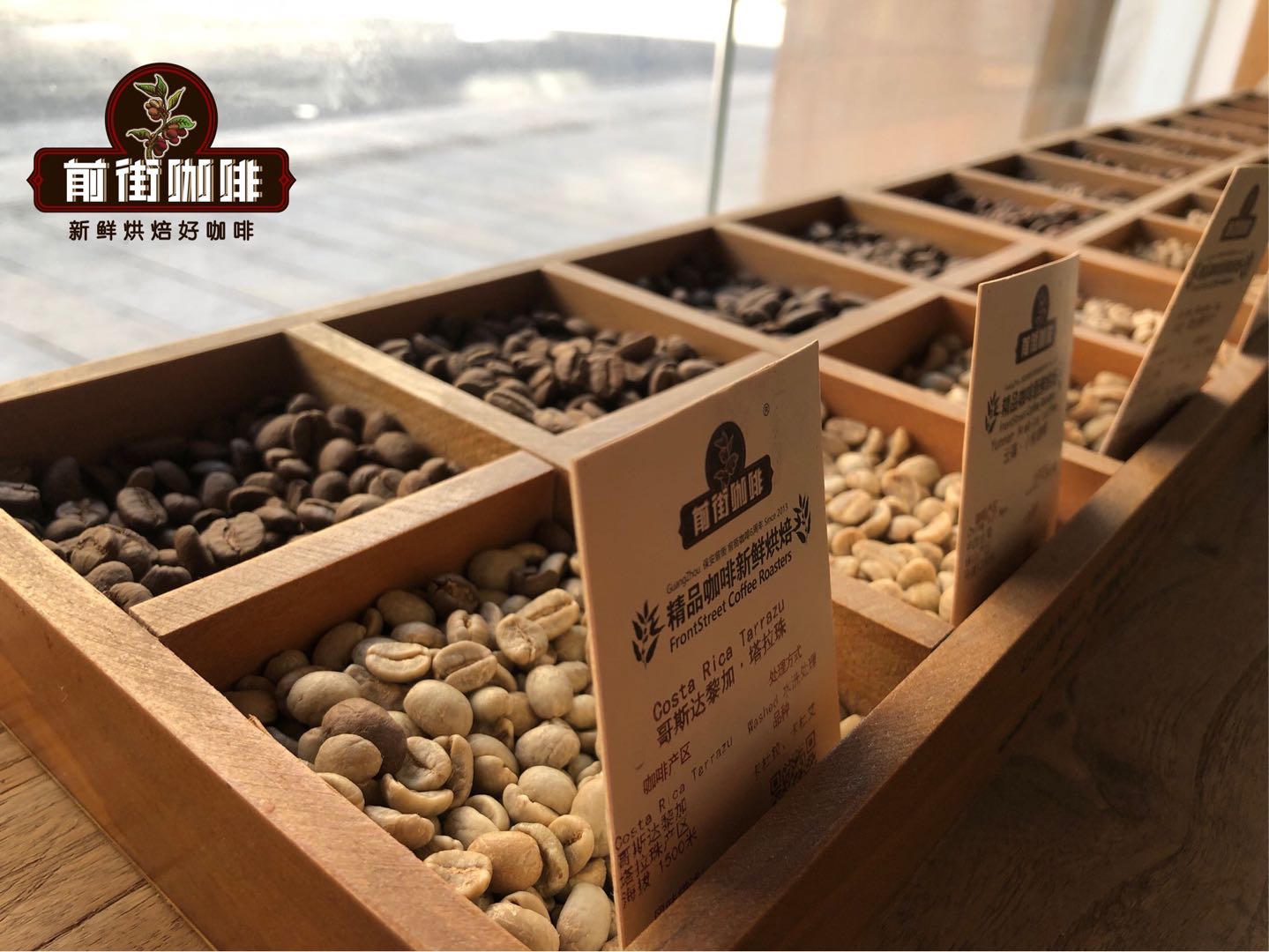The story of the characteristics of coffee beans treated with wet planing in Indonesia
Why does old Mantenin use wet planing? What are the beans treated by Indonesian wet planing?

Brief introduction of producing area
The most famous coffee producers in Asia are the islands of Malaysia: Sumatra, Java and Kaliman. Sumatra manning coffee from the Indonesian island of Sumatra is the most famous, with two famous names, Sumatra mantenin DP first class and collection Sumatra mantenin. Sumatra Mantenin DP has a long aftertaste, with a hillside fragrance, which is unique to the earthy taste of the primeval forest.
The main producing areas of Indonesian coffee are Sumatra, Java and Sulawesi, of which "Manning" from Sumatra is the most famous.
Lintong is also known as Sumatran Coffee, Lake Tawa at the north end can be called Aceh Coffee or Lake Tawa Coffee, and the area between Lindong Coffee and Lake Toba can be called Manning.
Indonesian wet planing method
Manning's unique wet planing method
Wet planing, also known as wet shelling Wet Hulling, also known as Giling Basah in the local language, is a traditional Indonesian coffee treatment. Judging from the name alone, the Indonesian wet planing method is very similar to the wet treatment (water washing treatment). However, the cup flavor of the two treatments is very different. The coffee treated by the wet planing method is usually mellow and strong, with a very distinct personality.
Steps of Indonesian wet planing method
① removes peel and pulp and retains parchment and mucous membrane.
② tank fermentation
③ washing off mucous membrane
④ with parchment is sun-dried for 2-3 days to 20-24% moisture content.
⑤ scraped off the parchment
⑥ dries raw beans to 12-13% moisture content.
⑦, prepare for exit.
Why do you use wet planing?
In tropical climates, coffee takes an average of 2-3 weeks to dry. In such a humid climate in Indonesia, dry coffee has become a big problem. Coffee must take longer to dry, during which time the coffee still maintains a high humidity, making it easier for bacteria to soak into raw coffee beans.
In the process of ordinary washing, the drying process is carried out with parchment to protect raw beans from external damage to a certain extent. However, we can quickly notice that the wet planing removes the parchment for the final step of drying, so that the sun shines directly on the surface of the raw beans, causing the coffee beans to dry quickly, 2-3 times more than the washing treatment.
Wet planing treatment greatly shortens the time spent on the farm, but also greatly reduces labor costs. When the parchment is removed by wet planing, the water content of coffee is still as high as 20-24%, while in general treatment, the water content of coffee is reduced to 10-12% before shelling. In the "semi-dry" state, parchment will adhere to the surface of raw beans, removing parchment is more difficult than "fully dry", and the shelling process requires more friction. Semi-dry coffee beans are very fragile at this time, and their hardness is far less than that of "fully dry" beans, so beans are more likely to be squeezed and form a small gap. This is what we often call horseshoes or sheep's hoof beans.
Important Notice :
前街咖啡 FrontStreet Coffee has moved to new addredd:
FrontStreet Coffee Address: 315,Donghua East Road,GuangZhou
Tel:020 38364473
- Prev

Indonesia Gold Mantenin Coffee Variety Classification system how to choose and purchase raw mantenin coffee beans
Gold Mantenin classification, how to select high-quality Mantenin? PWN Mantenin G1 according to Sumatra data, during the Japanese occupation of Sumatra, Indonesia during World War II, a Japanese soldier drank mellow coffee in a cafe and asked the boss curiously: what kind of coffee is this? The boss mistakenly thought that the Japanese soldier was asking:
- Next

What are the flavor characteristics of Lin Dong Mantening? How to make Lin Dong Manning taste good?
What are the flavor characteristics of Lin Dong Mantening? How to make Lin Dong Manning taste good? Producing area and planting: this batch of Lindong Mantening Blue Lake Batak is a famous volcanic lake less than two hours' drive from Medan, the largest city in North Sumatra. It is the largest volcanic lake in the world, and its hinterland is very large. So the characteristic wind of coffee from the north to the east
Related
- Detailed explanation of Jadeite planting Land in Panamanian Jadeite Manor introduction to the grading system of Jadeite competitive bidding, Red bid, Green bid and Rose Summer
- Story of Coffee planting in Brenka region of Costa Rica Stonehenge Manor anaerobic heavy honey treatment of flavor mouth
- What's on the barrel of Blue Mountain Coffee beans?
- Can American coffee also pull flowers? How to use hot American style to pull out a good-looking pattern?
- Can you make a cold extract with coffee beans? What is the right proportion for cold-extracted coffee formula?
- Indonesian PWN Gold Mandrine Coffee Origin Features Flavor How to Chong? Mandolin coffee is American.
- A brief introduction to the flavor characteristics of Brazilian yellow bourbon coffee beans
- What is the effect of different water quality on the flavor of cold-extracted coffee? What kind of water is best for brewing coffee?
- Why do you think of Rose Summer whenever you mention Panamanian coffee?
- Introduction to the characteristics of authentic blue mountain coffee bean producing areas? What is the CIB Coffee Authority in Jamaica?

